Pro racers have team mechanics that spend hours inspecting every bolt, bearing and brake pad on a bike before a race.
“You don’t ever want the bike to be the excuse, or to get in the way of a win,” says Frank Trotter, Giant Factory Team Manager. “That’s why we examine every chain link, put a wrench on every bolt, check shifting, grips, saddle, suspension and more after training rides and before races.”
Recreational riders don’t need to be so thorough. However, give your bike a quick once-over before you ride and you’re more likely to stay safe and have fun. Here’s Trotter’s recommended protocol. And remember, if you find an issue, take your bike to a shop for service.
1. Test quick-releases for proper closure.
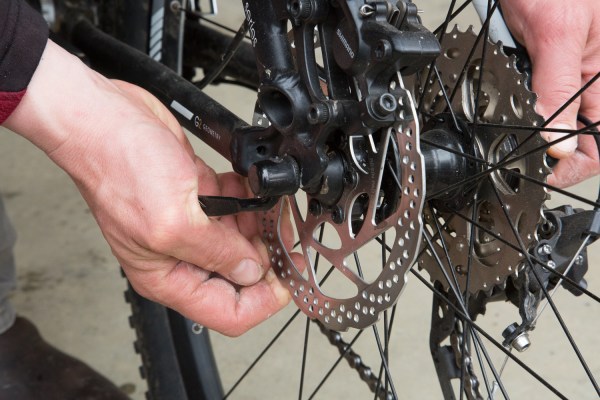
Make sure they’re not open. At halfway closed, you should feel tension on the lever, enough so you have to force it closed and it leaves a mark on your hand. Check wheel releases as well as a seatpost release.
2. Check that your wheels are seated correctly.
With the bike on the ground, push down as you open and close the wheel quick-releases.
3. Test your stem tightness.
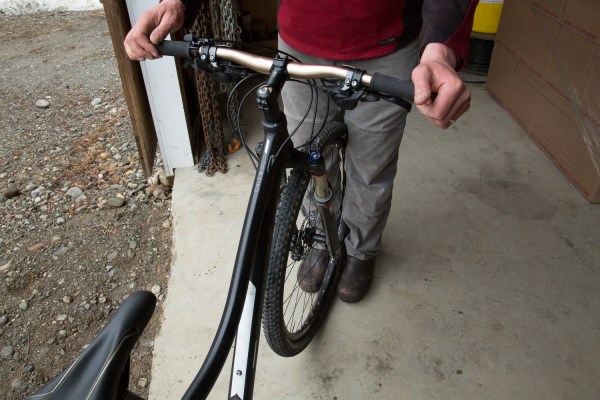
Standing in front of your bike with the front wheel between your legs, try to twist your handlebars. If they move, take your bike to a shop.
4. Check tire pressure.

“When I was 13 and jumped on my Schwinn Varsity and hit the corner too fast, the metal rim went to road and I got some major road rash,” remembers Trotter. Inflate tires within the range listed on the sidewall.
5. Tighten loose grips—they can send you over the handlebars.
6. Test the brakes.
Standing over the bike, pull your brake levers hard while pushing the bike forward to ensure brakes are engaging.
7. Make sure your seat is tight.
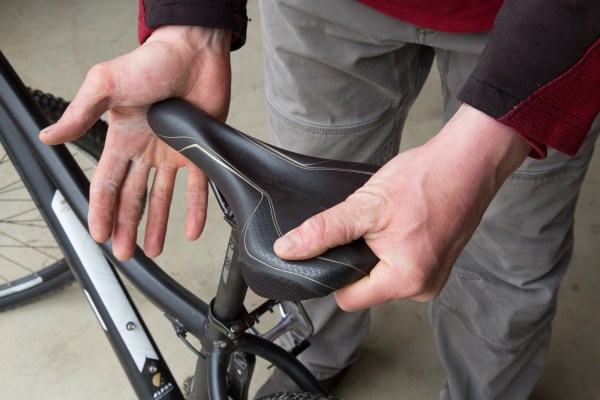
Grab your saddle and twist. If it turns, retighten the seatpost quick-release.
8. Inspect your chain.
Check for stiff or splayed links by running the chain through a rag while you turn the pedals backwards with your other hand. If you find one, take it to a shop.
9. Lube your chain.
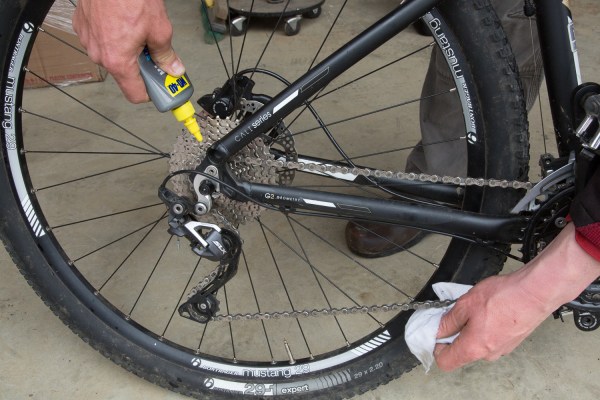
If the chain is dirty or gooey, lube it with bike-specific lube suited to your riding conditions, and wipe it aggressively. If the chain is rusty, lube it several times. Do not use WD-40.
10. Inspect your tires.
Spin each tire slowly, studying the sidewalls and tread to make sure there aren’t any inconsistencies in the tire and that it’s in good shape. Look for thread-like casing showing through, or cracks, tears or holes.
11. Check yourself for lose clothing or hanging straps that could get caught in a wheel.
12. Check your helmet for visible damage.
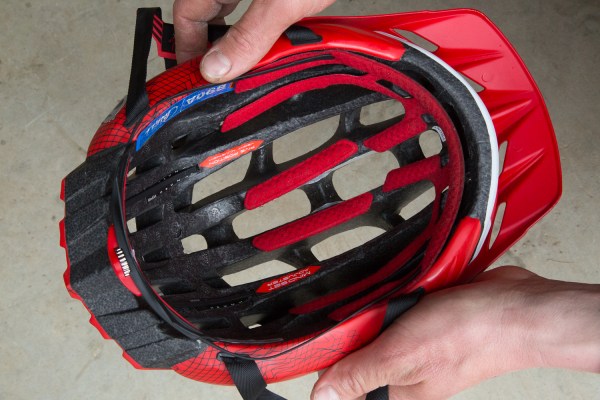
“Even if don’t think you need it,” says Trotter, “get your bike serviced once a year by a trained mechanic. That way you can be sure that it’s safe and in working order.”
